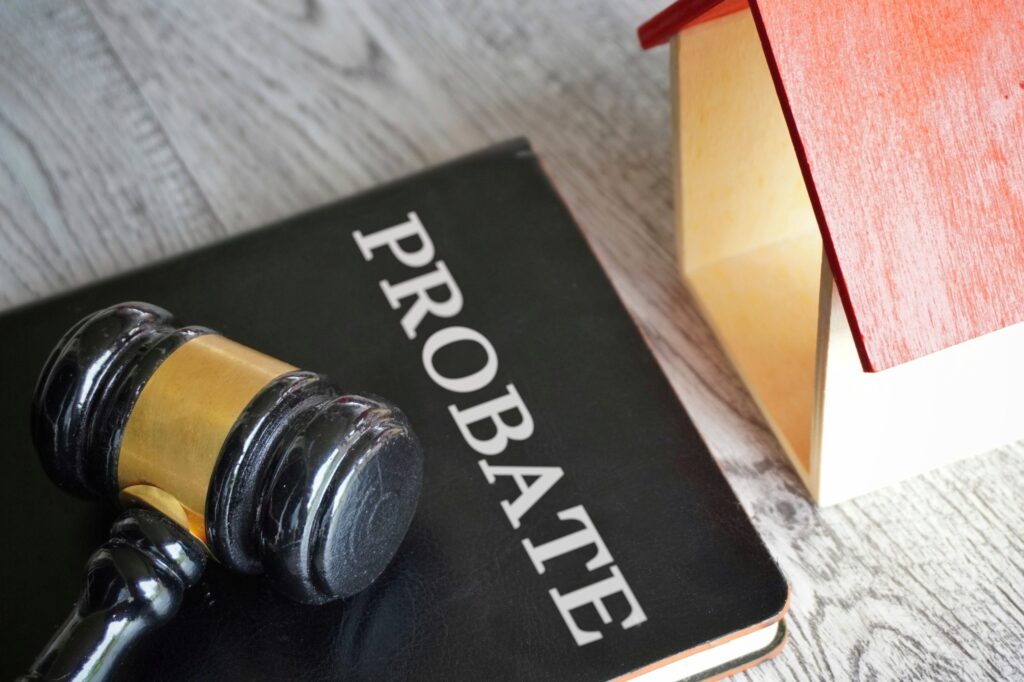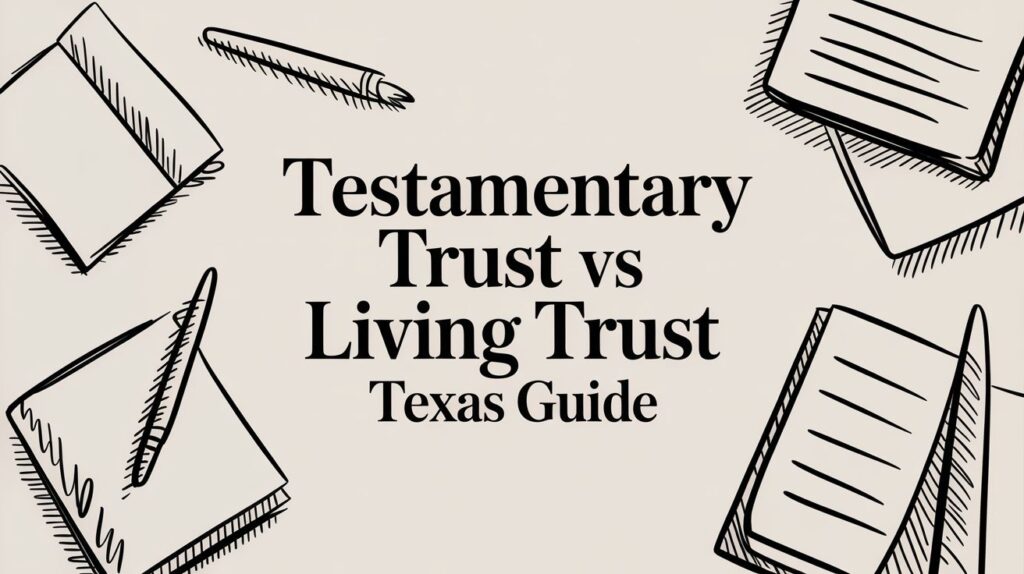In Texas, inheriting real estate through probate can be a significant financial and emotional milestone. While the idea of property passing down from generation to generation has a certain charm, the process involved in transferring ownership of real estate after probate can often feel overwhelming. From the legal maze of probate courts to navigating tax implications, heirs need to understand each step to ensure the smooth transfer of property ownership. This guide will provide a comprehensive overview of what heirs should know about transferring real estate ownership after probate in Texas, making the process easier to understand and manage.
What is Probate, and Why Does it Matter for Real Estate?
Before diving into the specifics of transferring real estate, it’s important to understand probate. Probate is the legal process by which a deceased person’s estate is settled, including the distribution of assets like real estate. The Texas probate process involves:
- Validating the Will: If there is a will, it must be validated by the court. If no will exists, the estate will be distributed according to Texas intestacy laws.
- Appointing an Executor or Administrator: The executor named in the will or an appointed administrator (if no will exists) will manage the estate, including real estate.
- Settling Debts and Liabilities: Any debts, taxes, or liabilities must be settled before the estate can be distributed to heirs.
- Transferring Assets to Heirs: Once all debts and obligations are settled, the remaining assets, including real estate, are distributed to the rightful heirs.
Texas probate laws are generally designed to ensure that the decedent’s wishes are carried out, but they also protect creditors and resolve disputes among potential heirs. For heirs, the most critical part of the process is when the executor transfers real estate ownership to them, which brings us to the next important point.

Step-by-Step Guide to Transferring Real Estate After Probate
After the probate process is complete, the transfer of real estate can begin. Here’s a step-by-step look at how heirs in Texas can go about transferring ownership:
1. File the Application for Probate
If you are an heir, it’s essential to file an application for probate in the county where the deceased resided. This will kick off the probate process, ensuring the will is validated and the estate, including real estate, is managed by a court-appointed executor.
2. Identify the Type of Probate Process
In Texas, there are different types of probate processes based on the size of the estate and whether there’s a valid will. The most common types include:
- Independent Administration: This is the most streamlined and least supervised form of probate. The executor or administrator has more flexibility in managing and distributing the estate without constant court oversight.
- Dependent Administration: This is a more court-supervised process. Every action taken by the executor, such as selling or transferring real estate, must be approved by the court.
- Muniment of Title: If the estate consists primarily of real estate and there are no significant debts, the heirs can use this simplified probate process to transfer ownership of the property. This is often quicker and involves less court involvement.
Understanding which probate process applies to your situation can significantly impact how long it will take to transfer real estate.
3. Get the Property Appraised
An accurate appraisal of the real estate is crucial for a fair division of assets among heirs. The appraisal will determine the market value of the property, which is important for any tax assessments, selling decisions, or buyouts between heirs who may want to retain or sell their share of the property.
4. Determine Ownership Rights
Before transferring real estate, the heirs must confirm their legal ownership. If the will clearly states who inherits the property, the transfer is straightforward. If the decedent died intestate (without a will), Texas intestacy laws will determine the heirs.
In Texas, community property laws could also come into play, particularly if the decedent was married. Real estate owned as community property with a surviving spouse may pass directly to the spouse without needing probate, under certain circumstances.
5. File the Deed Transfer Documents

Once the estate’s debts are paid, and ownership is established, the next step is to prepare a deed to transfer the property from the decedent’s estate to the heirs.
The most commonly used deeds in Texas are:
- Executor’s Deed: If an executor is managing the estate, they will use this type of deed to transfer the property to the heirs.
- Affidavit of Heirship: This can be used in simpler cases where there is no will, and the property doesn’t need to go through formal probate. The affidavit must be filed with the county clerk, and it must be signed by two disinterested witnesses who know the family and inheritance history.
Once the appropriate deed is prepared, it must be filed with the county clerk’s office where the real estate is located. This will officially record the change in ownership and make it a matter of public record.
6. Address Tax Implications
Real estate inherited through probate may have tax consequences. Here are the most common tax issues heirs should be aware of:
- Property Taxes: After the transfer, the heirs will be responsible for paying any outstanding property taxes. In Texas, property tax exemptions, such as homestead exemptions, may also apply, but the new owner must apply to continue these benefits.
- Capital Gains Tax: Heirs who sell the inherited property may be subject to capital gains tax. Texas adjusts the property’s value to its market value at the time of the decedent’s death through a “stepped-up basis.” This adjustment can minimize or eliminate capital gains tax if the property is sold shortly after probate.
Common Challenges Heirs May Face During Real Estate Transfer
Despite the structured process, transferring real estate after probate doesn’t always go smoothly. Here are some challenges heirs commonly face:
1. Disputes Among Heirs
It’s not uncommon for disagreements to arise among heirs regarding what to do with inherited real estate. One heir may want to sell the property, while another may want to keep it. These conflicts can prolong the probate process and even lead to court battles. Mediation or legal intervention may be necessary to resolve such disputes.
2. Unforeseen Liabilities
The deceased may have left behind unpaid mortgages, liens, or other debts attached to the real estate. The executor must settle these obligations before transferring the property to the heirs, which sometimes forces a property sale to cover the debts.
3. Handling Multiple Properties
If the deceased owned multiple properties, transferring ownership can become more complex. Each property may need to go through its own transfer process, requiring additional documentation, court appearances, and tax considerations.
4. Title Issues
Before transferring ownership, it’s crucial to ensure the property has a clear title. Title issues, such as old liens, unpaid debts, or claims from third parties, can complicate the transfer. Conduct a title search to resolve any outstanding issues before transferring the property.
Simplifying the Process: Tips for Heirs
To ensure a smoother transfer of Texas real estate after probate, here are a few tips heirs should keep in mind:
1. Consult an Estate Attorney
An experienced estate attorney helps you navigate the complexities of Texas probate law and ensures you handle the process correctly and efficiently. They can also help resolve disputes, file the necessary paperwork, and manage tax considerations.

2. Organize All Documents Early
Heirs should gather all essential documents, including the decedent’s will, death certificate, property deeds, and any outstanding mortgages or tax statements. Being organized from the start can prevent delays later in the probate process.
3. Communicate with Other Heirs
Effective communication with other heirs can prevent misunderstandings and conflicts down the line. Establish clear expectations regarding the transfer of real estate and be open to compromise if disagreements arise.
4. Act Quickly After Probate is Closed
Once the probate process is complete, heirs should act promptly to transfer real estate ownership. Delaying this step can lead to confusion and potential tax liabilities.
Conclusion: A New Chapter for Heirs
Transferring real estate ownership in Texas after probate may seem like a complex process. However, it’s also a critical step in preserving and passing on family legacies. By understanding the probate process, addressing potential challenges, and following the correct legal steps, heirs can ensure a smooth and successful transition of property ownership. While it can be an emotional time, working with legal professionals, staying organized, and communicating with other heirs will help you navigate the process with confidence. Whether you’re keeping the family home or selling a piece of land, the process represents a new chapter in managing and honoring a loved one’s legacy.








